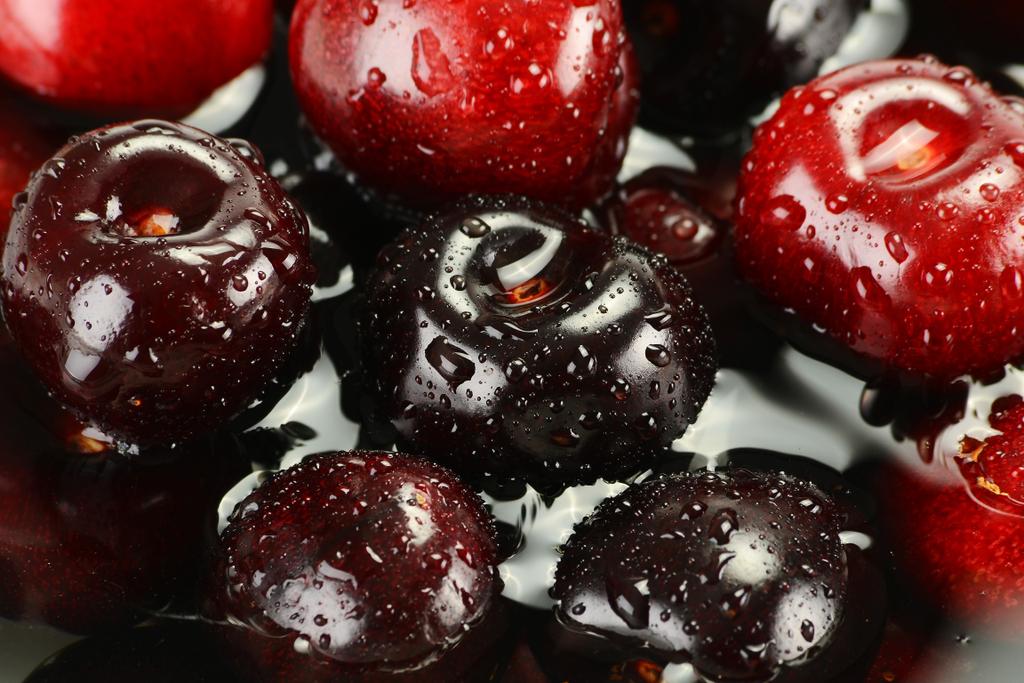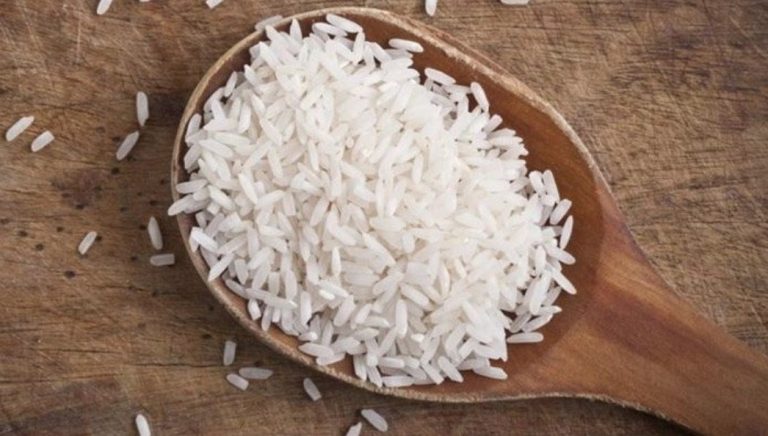Proper freezing and thawing of meat are important. This prevents harmful germs from forming or the meat from losing its delicious taste. That’s why we’ve created a simple step-by-step guide for you.
Many know the problem, you got hold of cheap meat on sale the last time you went shopping and now you want to freeze a small supply. But the next time you thaw it, you’ll find that the meat just doesn’t taste good anymore, or that it’s got freezer burn again.
Preserve healthy meat

In the past, people dried or salted meat to preserve it. But since the invention of the freezer, every household has found it easy to store leftover or fresh meat longer. So you don’t have to throw away leftover meat and you still have a supply in case of emergencies. But when freezing meat you have to pay attention to a few things so that our step-by-step instructions can help you. In addition, note other tips for storing food properly and preserving it.
In which container do you freeze the meat?
The first question when freezing meat is what container do you keep the meat in? It is best if you pack the meat as airtight as possible. A standard freezer bag is often sufficient for this. But it is important to squeeze excess air out of the bag. If you want to freeze chops or steaks, it’s best to put a piece of cling film between the individual slices so they don’t freeze together. And so they stay juicy when frying. Finally, you can close the freezer bags with a clip or with the freezer bag fasteners. In addition, note our tips for freezing bread.
Store meat in the freezer
When operating a freezer, you should make sure that a constant temperature of minus 18 degrees is maintained. For example, if you want to freeze larger quantities at once, the temperature in the appliance may rise too much. Then the already frozen food can thaw. And you should definitely avoid that. As a result, you have to press the shock freeze button on almost every device before you put the frozen food in the chest. As soon as the meat is frozen, the button can be switched off again. Sometimes leftover meat from lunch. Since you shouldn’t throw anything away, you can easily freeze these leftovers in a suitable and well-closing plastic box.
Shelf life of frozen meats
Since different types of meat have different shelf lives, you should only freeze the same types of meat together. The shelf life also depends on the storage temperature. Consequently, at an optimum storage temperature of minus 18 degrees, pork has a shelf life of around 8 months and beef can be stored for around 12 months. In addition, chicken meat can be stored in the freezer for 8-10 months and veal meat for between 9 and 12 months.
Tips for freezing ground beef
Special care must be taken when freezing minced meat. Because you should press it together as flat as possible. This makes it easier to store in the freezer and defrost faster. You should not store minced meat in the freezer for longer than four months. But that depends on the cooling device, you will find the relevant information in the operating instructions. But a minimum temperature of -18°C is important. Also, note the best vegan minced meat alternatives.
Procedure for processed meat products
If you depend on a supermarket or discounter meat or prefer it, there are a few things to keep in mind here as well. Because many products are offered in plastic bowls. And the meat is almost always packed in a protective gas atmosphere. Because it looks healthy and lasts longer. That’s why you should never put the meat in the freezer with this bowl on. Instead, be sure to unpack the meat, dry it, and place it in a new bag to freeze. So you can be sure that the meat will still taste good after defrosting. Also interesting is our article with delicious menu ideas for grilling.
Proper handling of the freezer

Proper handling of the freezer is essential for freezing meat products. Therefore, here are a few tips for dealing with the deep freeze or the freezer compartment. First of all, you should defrost and thoroughly clean your freezer compartment at least once a year. You should also defrost and clean your refrigerator regularly. This prevents the development of unpleasant smells and tastes. In addition, you can save electricity in the household in the long term. Consequently, you should unplug the chest, remove the food, and then briefly place a bowl of hot water in the compartment. Then close the door, and wait a few minutes. The ice it contains can then be easily removed. Just let the rest thaw and drain. Then simply wash the chest with washing-up liquid and dry it.






